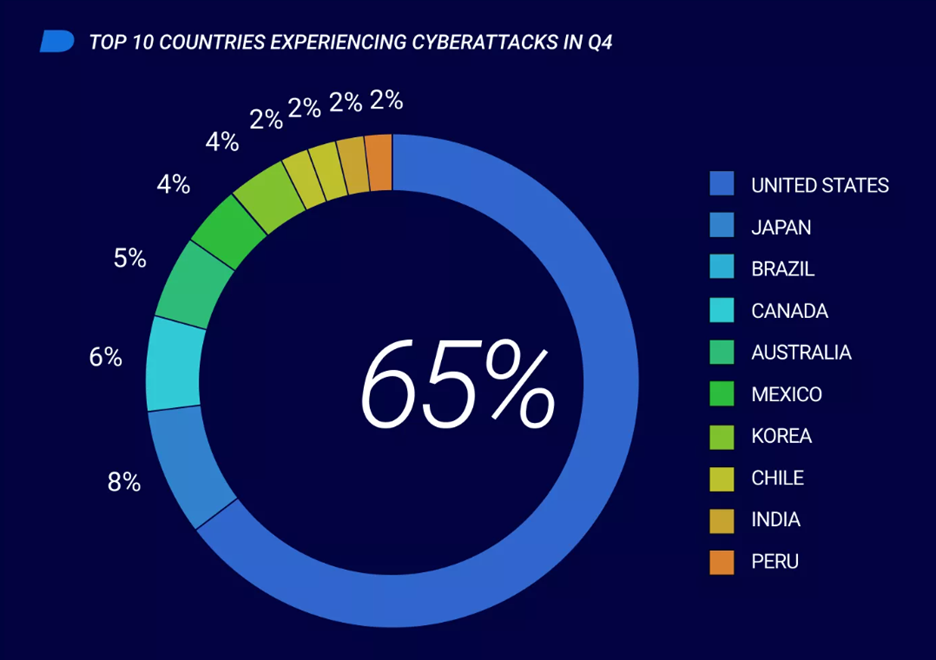I’ve been wanting to refamiliarize myself with metal work for some time. I don’t like farming out work that I’m capable of doing myself and there was a point early in my working life when I was welding weekly as part of my millwright apprenticeship, but I haven’t joined metal in over three decades. It’s amazing how the time flies when quantum cyber research gets in the way.
Finding opportunities to develop these DIY technical skills in Canada where people don’t like to DIY is a challenge. The only welding courses I could find were \full-bore certificate courses for professionals, but then my wife found the Haliburton School of Art & Design. HSAD takes place in Haliburton, which you’ll have heard about on TMD before because it’s one of my favourite places to go for a ride in Ontario. It’s also only about three hours from home.
HSAD offers piles of course options ranging from visual arts to technical crafts. If you’re reading this you’ll probably be interested in the blacksmithing course, not necessarily for the smithing but because it offers you access to expert metal workers in a fully tooled shop that will make you hands-on familiar with not only the hot forging metal but also various other related technologies such as welding, grinding, polishing and plasma cutting. The three of us went up for the week with me doing the smithing, my son glass blowing and my wife water colour painting.
We were asked to bring a project, but what you really need to do for this is to start amassing ideas so when you’re in the forge you’ve got a list to go after, that way you’re not wasting time wondering what to do next. I showed up with my copy of the Rudge Book of the Road and an idea to build a metal sculpture of the line art in the front of the book.
My blacksmithing experience consists of an afternoon of forging, so I thought this would take me the week, but by the end of day one I’d already worked out the rider in the forge and started worrying that I’d run out of project.
I woke up Wednesday properly sick with the mother of all summer colds, but the only thing I needed to do to finish was the rider’s scarf. With a bit more hot forming of steel and welding I had my 1920s art deco styled Rudge metalwork.
 |
| Old school, but it does offer some advantages with the challenges… |
I then got a primer on how the grinding room worked. The temperatures were dropping from Monday but when you’re wearing face protection, a leather apron, long trousers, steel toe boots, leather gloves and a respirator, it’s hot anyway. Even with all that and feeling right rotten I enjoyed getting a feel for the grinding and cleaning up finished pieces. I get the sense that grinding is another one of those hands-on skills that can get surprisingly deep.
The end result was hung outside and I got given a spray on chemical that would prevent it from rusting while showing off the ground metal finish.
Amie Botelho was our instructor and she is all about hands-on learning. Most mornings we
did a 15-20 minute demo of tools and techniques that you could immediately find a use for. Any time you needed other equipment you’d do one on one safety and how-to training and be let at it. On the forge (and everywhere else in the shop) Amie is incredibly efficient and that teaches you all sorts of lessons if you watch closely.
It isn’t about how hard you hit, it’s about how efficiently you get get hot steel out of the forge and under the hammer. It’s also about turning your project over and looking at it closely as you work it. Smithing isn’t about brute force, it’s about attention and precision, but watching a master smith do it is infinitely better than reading about it in a book or hearing someone drone on about it in in a lecture.
Every demo was immediately followed by the suggestion to ‘just do it’, complete with lots of support in a class of 16 from Amie and shop-tech John. But the best part is that most of the ‘students’ are actually experienced smiths themselves. The ones around me had all done the four month certificate program at Fleming, so you’re also surrounded with experienced metal workers who are very free with support and advice (if you want it – you’re left to your own devices if that’s your jam).
If you’re looking to hone your metalworking skills, or want to jumpstart them from scratch, this is a great place to start. Just make sure you show up with lots of ideas if you don’t want to be cranking out spoons and bottle openers all week (unless that’s your jam) – they’re totally open to whatever you want to tackle. We had students working on everything from building a barrel forge of their own involving big industrial pieces, to yard art metal work using the small stuff. Those experienced smiths in many cases were churning out all the smithing they needed for the year. One told me he’d make the $700 fee for attending for the week every day in what he was producing, making it well worth the cost.
Why come at it like this? Canada being Canada makes it impossible for you to do things like forging or doing metal work on your own property without hanging you out to dry with insurance and infinite municipal, provincial and federal rules. Coming at it this way gives you access to a full service metal shop with all the tech and consumables, and with the safety and insurance challenges all take care of. The bonus is you also get to hang with an interesting group of like-minded DIYers for the week, which is worth the price of admission alone.
 |
| The bandsaws looked like they were older than I am, and I’m feeling old this week! |
 |
| Not bad for my first go with a plasma cutter! |
 |
| Spoons are properly hard work. I found the edge of my forging techniques there quickly! |
 |
| True that. |
 |
| The forge at work. |
 |
| He was early for lunch… this takes place in Haliburton, there are (lots of) deer. |
 |
| Yep, I did a bottle opener too. |
 |
| The propane forge at work. |
from Blogger https://ift.tt/gAozbfn
via IFTTT


.JPG)




.JPG)
.JPG)



.jpg)
.jpg)








.JPG)








































































